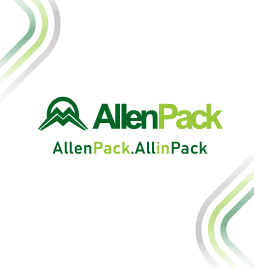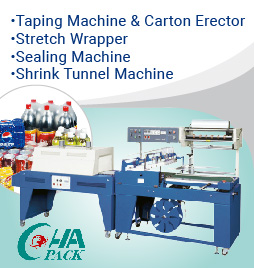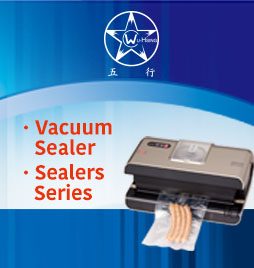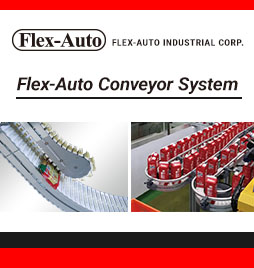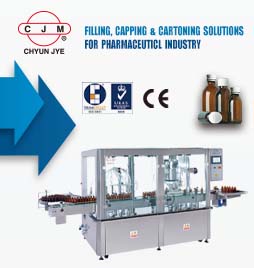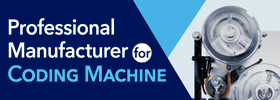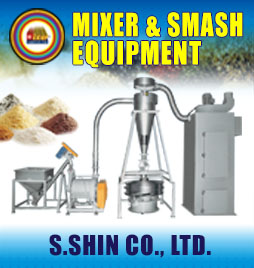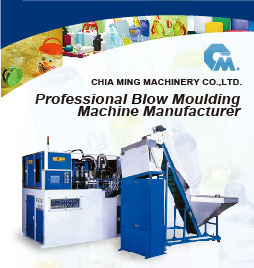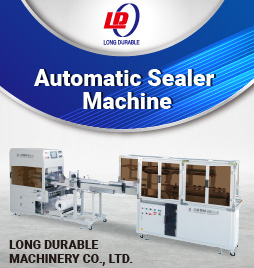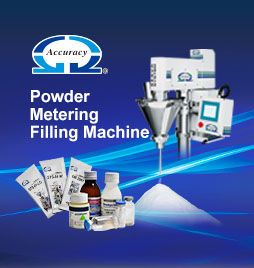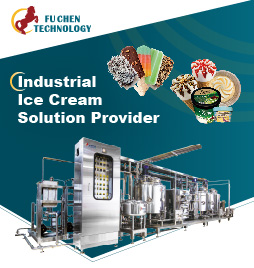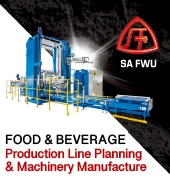The circular economy in packaging technology
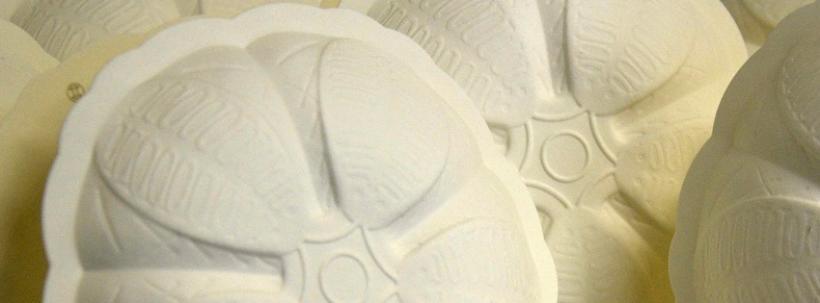
The requirements placed on food packaging are immense. It needs to provide protection while simultaneously conveying the brand image, be tightly sealed yet easy to open, and create a reliable barrier while also being breathable when required. During the production process, it must also enable high-speed food packaging while of course remaining cost efficient. Decades of research and development have gone into tackling these diverse tasks. In recent years, the demand for sustainability has become huge. New packaging solutions need to be developed as soon as possible. They need to meet the same requirements as conventional packaging without burdening the environment or the purse. Syntegon Technology, formerly Bosch Packaging Technology, has set itself this Herculean task, which it is tackling in cooperation with all supply chain participants.
On the road to sustainable packaging solutions, the “circular economy” is pointing the way. This approach seeks to close energy and material cycles through the efficient use of resources, recycling and waste reduction. The aim is to achieve a sustainable improvement in environmental and climate protection. With this goal in mind, the EU passed the Circular Economy Act in 2012[1]. The core of this legislation is a five-level hierarchy of waste, which helps to consistently orient the circular economy towards waste avoidance and recycling. It defines a sequence of waste avoidance, reuse, recycling and waste recovery (including energy recovery) and finally waste disposal. In each case, the most environmentally friendly option has priority.
Syntegon Technology has set itself the goal of making a contribution to sustainability through its packaging solutions. This calls for collaboration with customers as well as packaging material manufacturers and suppliers, which Syntegon Technology sees as part of the solution. In concrete terms, the aim is to make both the packaging itself and the packaging process more sustainable. This includes, in particular, the development of machines that can process new, more environmentally friendly packaging materials. Syntegon Technology has developed a number of solutions with customers that target the first three stages of the waste hierarchy: waste avoidance, preparation for recovery, and recycling.
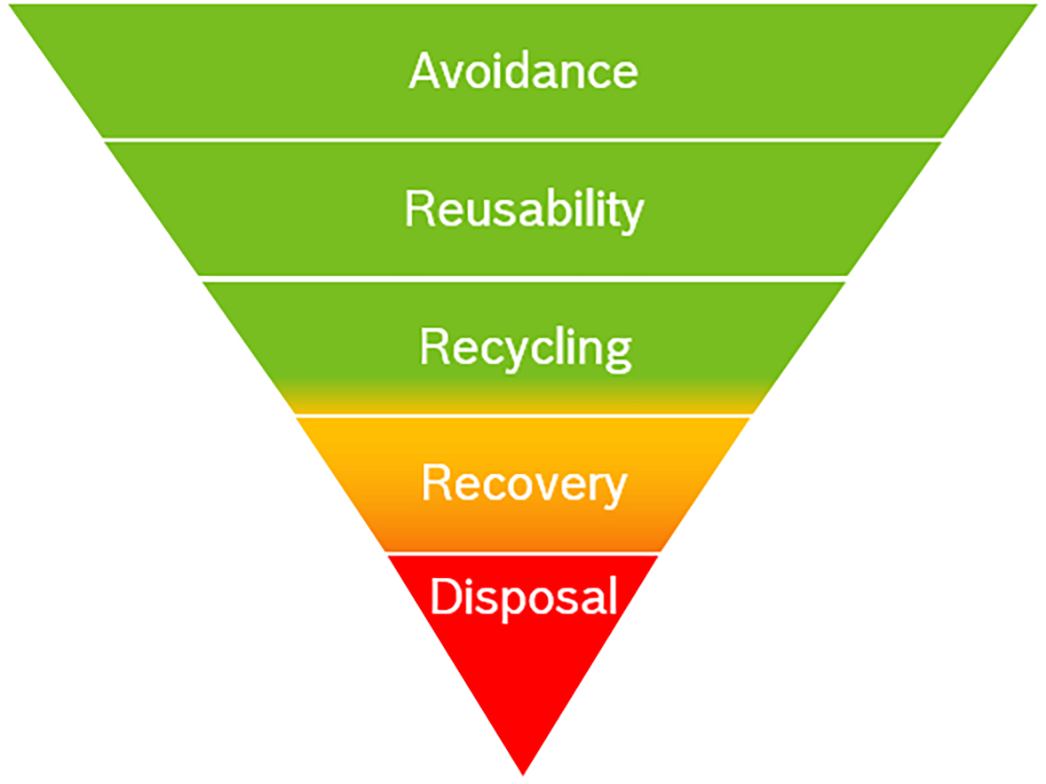
The hierarchy of waste forms part of the EU Circular Economy Act (2012).
Stage 1 – Avoidance: no product and material waste
Packaging requirements are not necessarily at odds with sustainability. Primary and transport packaging offer product protection, and therefore contribute to sustainability by preventing food spoilage or waste during transport. An optimized packaging process also helps to prevent product waste. During necessary downtime for cleaning or format changes, batches can spoil and have to be disposed of. Minimizing downtime thanks to easier cleaning and faster format changeovers helps to reduce waste. In addition, more efficient production processes also mean resources such as energy and water are used more efficiently.
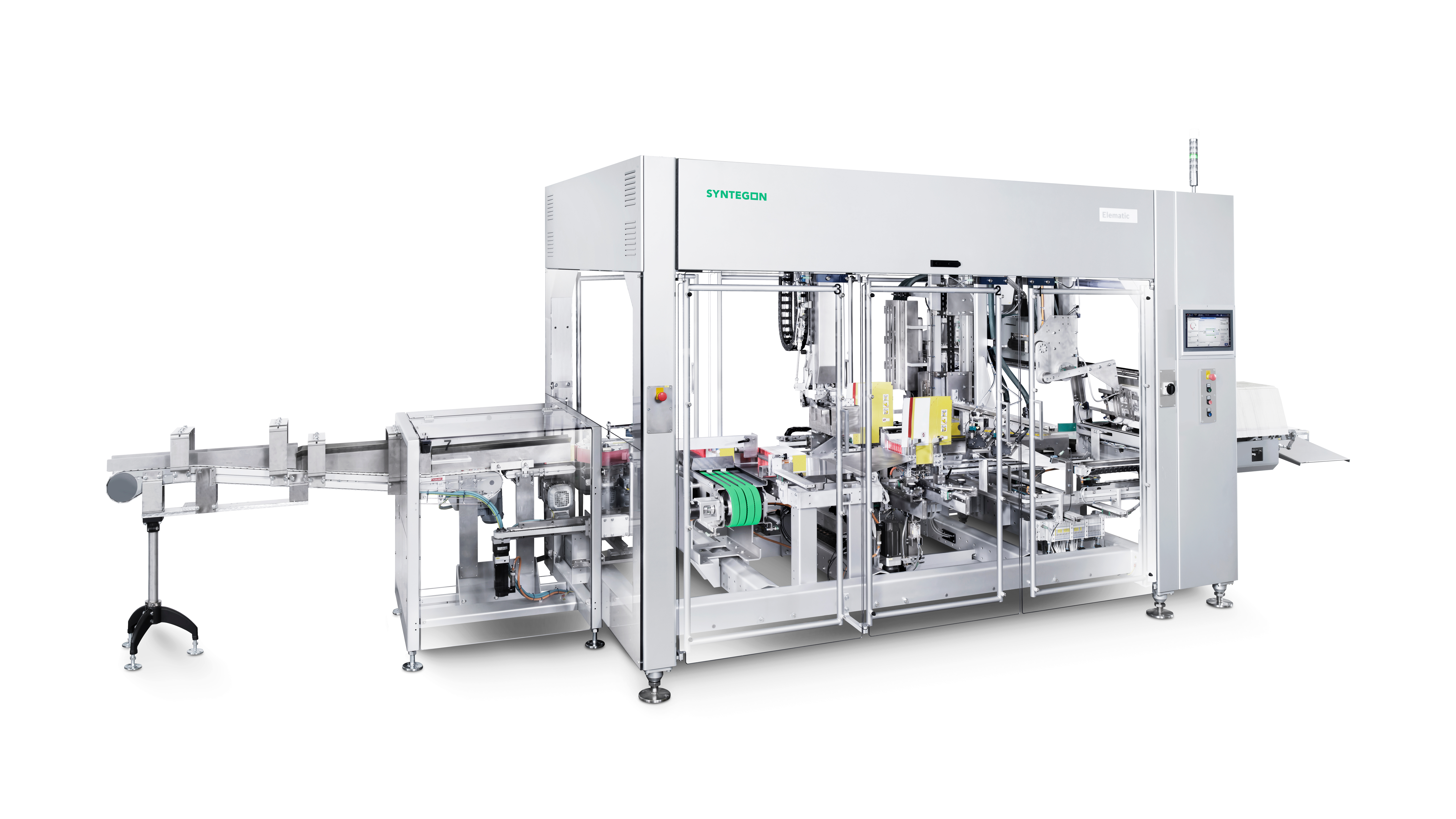
The new blank feeding motion of the Elematic 2001 case packer can even accommodate blanks that have been bent by moisture and changing temperatures. As a result, fewer blanks need to be thrown away, which contributes to more sustainable production processes.
Optimizing machines can also help to reduce the amount of packaging material. The continuous development of sealing technologies is already doing its bit. Thanks to technological advances, thinner films can now be used while packs can be sealed more tightly around the product. This helps to reduce the amount of material used. Syntegon Technology has also developed cartoners and case packers that are more material-efficient thanks to higher tolerances. These include systems that can process slightly bent cardboard blanks or those made from recycled material. This wider tolerance range means that blanks are now being processed that would previously have been discarded as rejects by the machine. Efficiently designed secondary packaging and outer packaging also helps to minimize transport costs. According to Olivier Cottard, Head of Industries Business Units at DS Smith Packaging, shrinking standard secondary packaging by 5mm reduces shipping requirements by 20 truckloads per year. This results in carbon emissions savings of 100 metric tons as well as significant cost savings. Put differently, the carbon emissions savings are equivalent to the amount of carbon absorbed by 2,500 conifer seedlings in 10 years.[2]
Waste prevention also involves replacing environmentally harmful packaging materials with more environmentally friendly options such as using paper instead of plastic. Paper or cardboard already account for around 65 percent of all packaging[3], but the application possibilities for paper in primary packaging are far from exhausted. Syntegon Technology is currently working on making conventional plastic packaging solutions usable with paper as well. Up to now, using monomaterial paper for packaging has only been possible with glued, prefabricated bags or glued paper packaging produced using pinwheel technology.

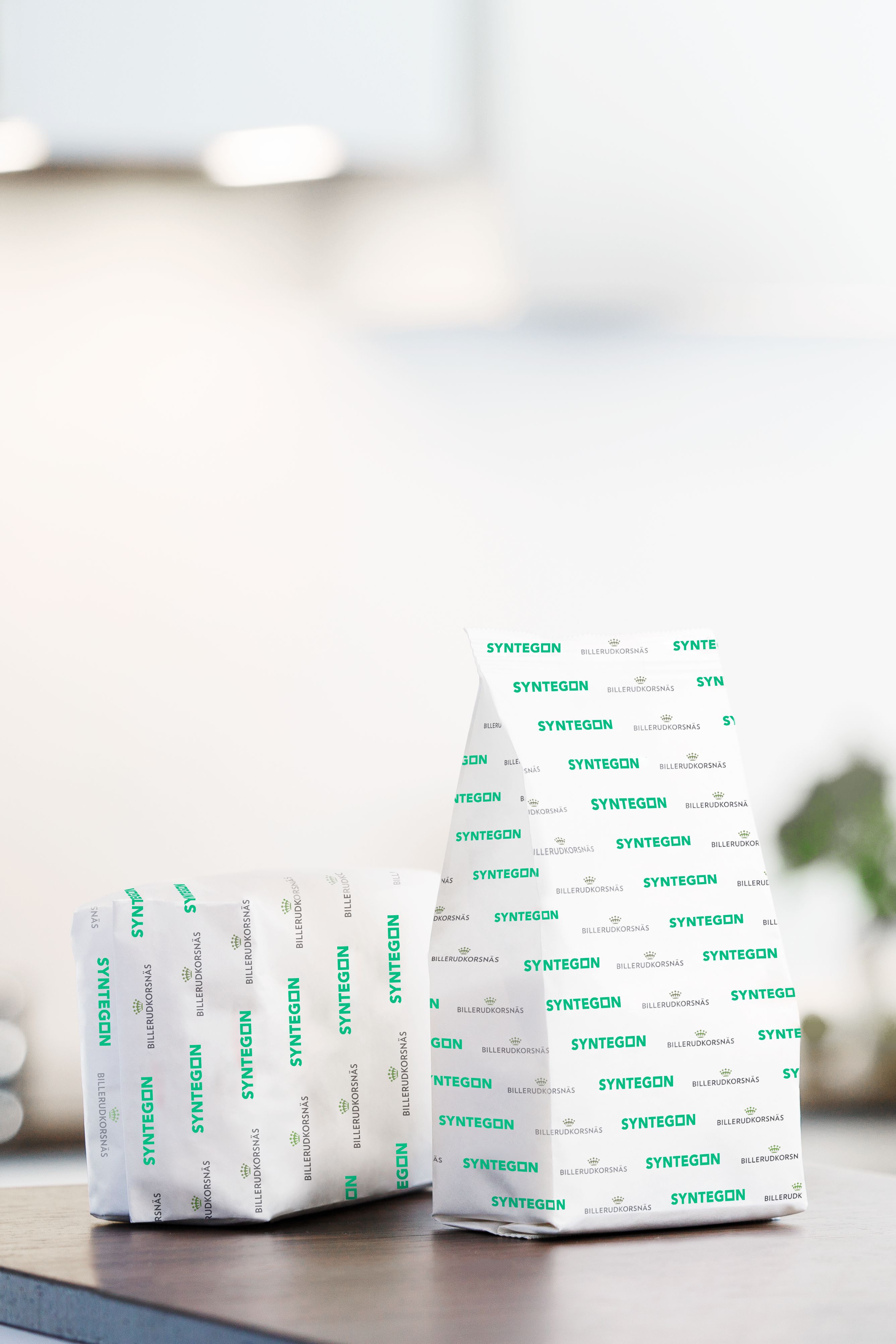
In collaboration with the paper manufacturer BillerudKorsnäs Syntegon Technology, formerly Bosch Packaging Technology, has developed a solution to securely package and seal food in monomaterial paper using vertical baggers. This pioneering sealed paper packaging is suitable for dry foods such as sugar, pasta, cereals and powders without compromising on product protection and dust tightness. Thanks to the use of FSC- or PEFC-certified paper, the sustainable characteristics are maintained from the raw material through to recycling – fully in keeping with the principles of the circular economy.
Even specially shaped and optimally dimensioned small paper pods can contribute to a more sustainable future by replacing plastic sleeves. Recently, the new “Pearl” packaging concept was developed together with BillerudKorsnäs. The patented 3D-formable paper can be processed into creative and sustainable packaging solutions on Syntegon Technology machines. This further reduces the amount of plastic used. The demand for this type of packaging solution is already high, meaning that more of it will soon be appearing on supermarket shelves.
Stage 2 – Preparation for recycling: long-lasting quality and good service
For packaging machine manufacturers, recycling also means preventing machinery already in circulation from becoming obsolete prematurely. In this regard, a comprehensive retrofitting program and appropriate service support are the decisive factors. Syntegon Technology offers its customers the option of upgrading existing machines so they can handle more sustainable packaging materials. This includes comprehensive customer-specific tests for new packaging materials as well as the necessary upgrade kits. Furthermore, Syntegon Technology offers to overhaul their customers’ equipment and thus considerably extend their life cycle.
Stage 3 – Design for recycling
In the field of plastic packaging, the trend is increasingly moving towards using monomaterial wherever possible; in other words, preparing the packaging material for recycling within an available recycling stream. This poses challenges for the composition and processing of the packaging material. Multi-layer films assign different tasks, such as barrier protection, sealing or printing to individual layers made from different materials. These multi-layer films are not homogenous and cannot be separated in the recycling process because they consist of several plastics. In many cases, the only option is thermal recovery.
Monomaterial packaging – even if it consists of several layers of the same material – will have to do all the work on its own. This may mean that previous assumptions, for example regarding shelf life, need to be reconsidered or that new, optimized processes in the supply chain will need to compensate for shorter shelf lives. When it comes to recycling, however, things are much simpler: the monomaterial can be directly fed into the recycling stream and be fully recycled.
Another challenge is that consumers cannot immediately tell the difference between recyclable monomaterial and multi-layer film. Food manufacturers would do well to take this into account when designing their packaging and, if necessary, to print additional information on the pack or make it available via QR code. Syntegon Technology already offers proven track and trace solutions, whereby a QR code is linked to additional consumer information.
Many research projects are devoted to the development of bio-based and biodegradable plastics that meet the requirements of food packaging. Compared to conventional plastics, so-called drop-in bioplastics, such as bio-PE (polyethylene) and bio-PET (polyethylene terephthalate), have a better carbon footprint as they are made from renewable raw materials. Because they have the same chemical structure as conventional plastics, they can be processed into end products using the same machines and processes. Biodegradable plastics offer advantages if they can be decomposed easily by microorganisms. The use of these compostable materials is especially beneficial when product remains and packaging are disposed of together. This for instance applies to coffee capsules or tea bags.
Sustainable packaging is certainly a sales argument, as it can increase both revenue and customer loyalty. Today’s consumers want to avoid material waste as much as possible and prefer biodegradable or recyclable packaging materials. According to a global retail survey conducted by Nielsen, 55 percent of online consumers in 60 countries are willing to pay more for products if the companies involved are committed to positive social and environmental change.[4]
Circular economy by uniting everyone involved in the supply chain
Machine manufacturers can only develop solutions that close the material cycle, avoid waste and yet still fulfill the extensive requirements placed on packaging if the relevant stakeholders are involved at an early stage. This includes material manufacturers, brand owners and their customers, right through to packaging material recycling facilities. The successful use of sustainable packaging can only succeed if all parties along the supply chain pool their respective areas of expertise. The objective is to test the machine capability of new types of packaging materials and to provide support in the development of packaging designs. Food manufacturers can here benefit from Syntegon Technology’s international network of material suppliers. By working together, they are able to find pragmatic, innovative solutions that meet complex market, consumer and legal requirements and thus open up new, more sustainable avenues.
[1] https://www.bmu.de/en/law/circular-economy-and-safeguard-the-environmentally-compatible-management-of-waste/
[2] The benefits of packaging in an increasingly waste-conscious world, DS Smith, https://www.dssmith.com/company/newsroom/2018/2/the-benefits-of-packaging-in-an-increasingly-waste-conscious-world
[3] The current state of the paper packaging market, Smithers Pira, https://www.smitherspira.com/resources/2014/june/current-state-of-the-paper-packaging-market
[4] Global consumers are willing to put their money where their heart is when it comes to goods and services from companies committed to social responsibility, Nielsen 2014, http://www.nielsen.com/content/corporate/us/en/press-room/2014/global-consumers-are-willing-to-put-their-money-where-their-heart-is.html
Author and Contact
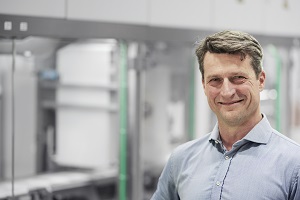
Torsten Sauer
Project Manager Sustainability
Syntegon Technology
Tel: +49 711 811 57137
Email: [email protected]

